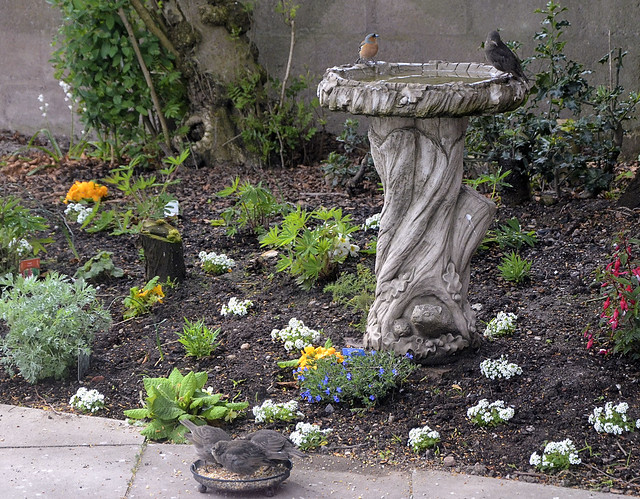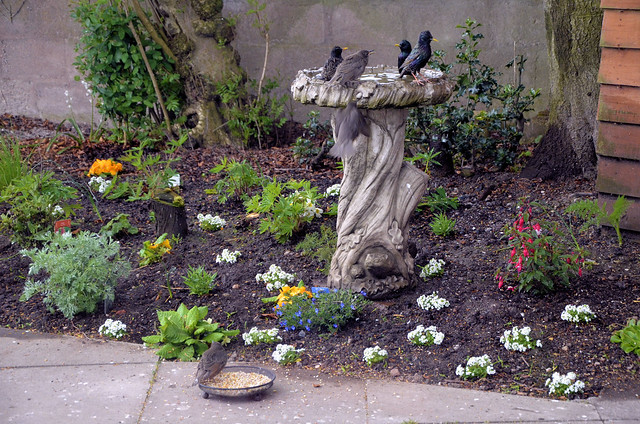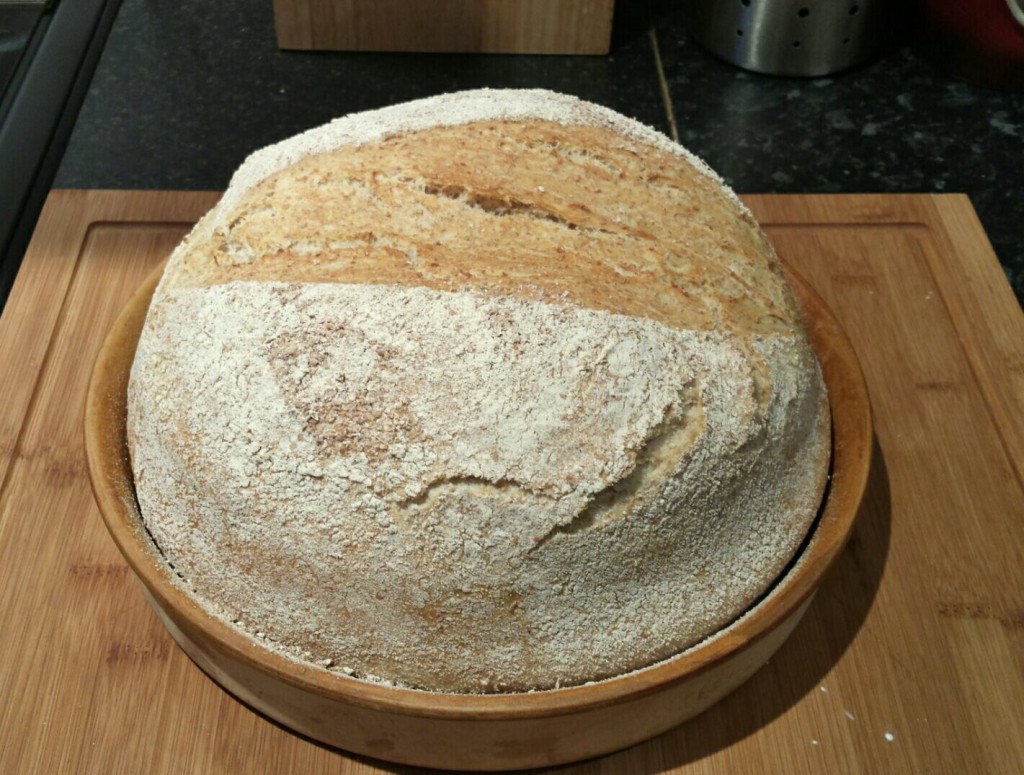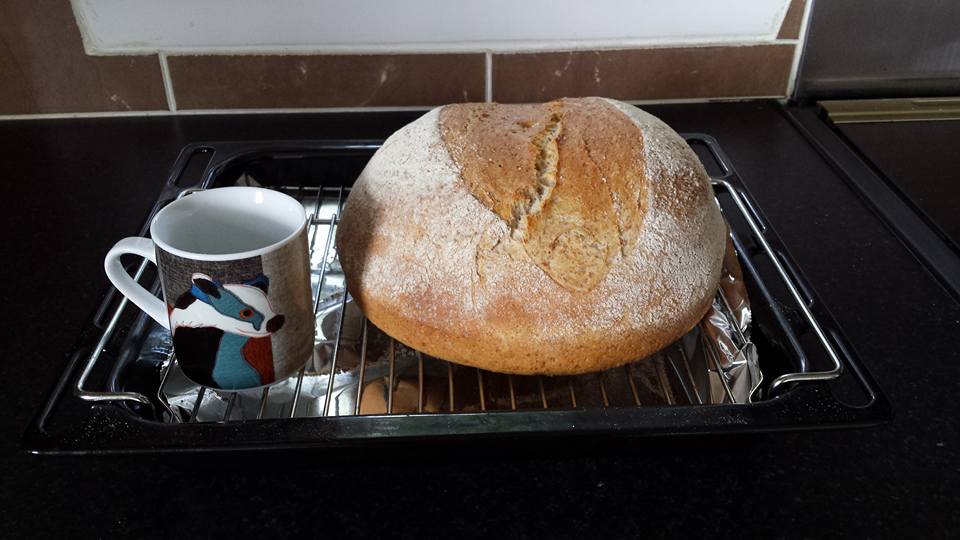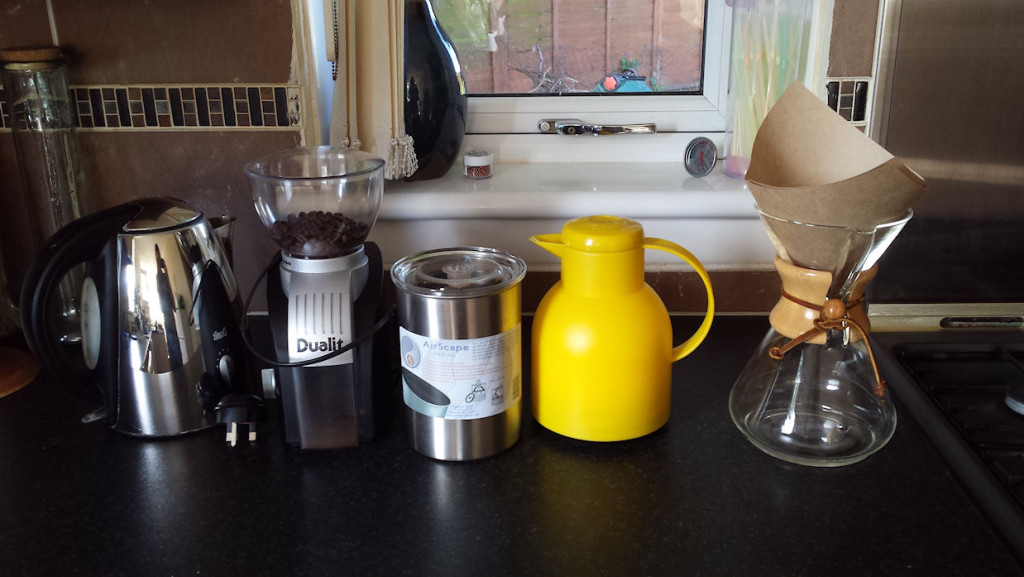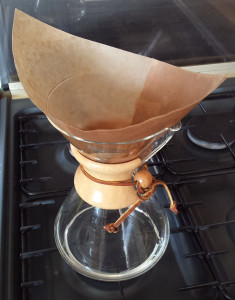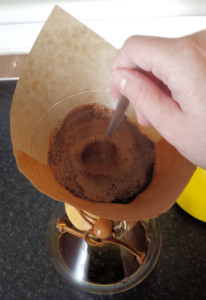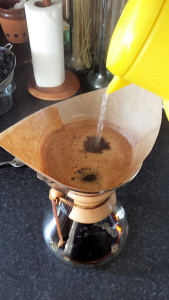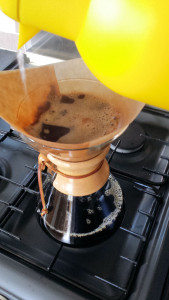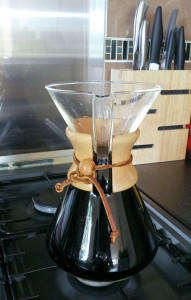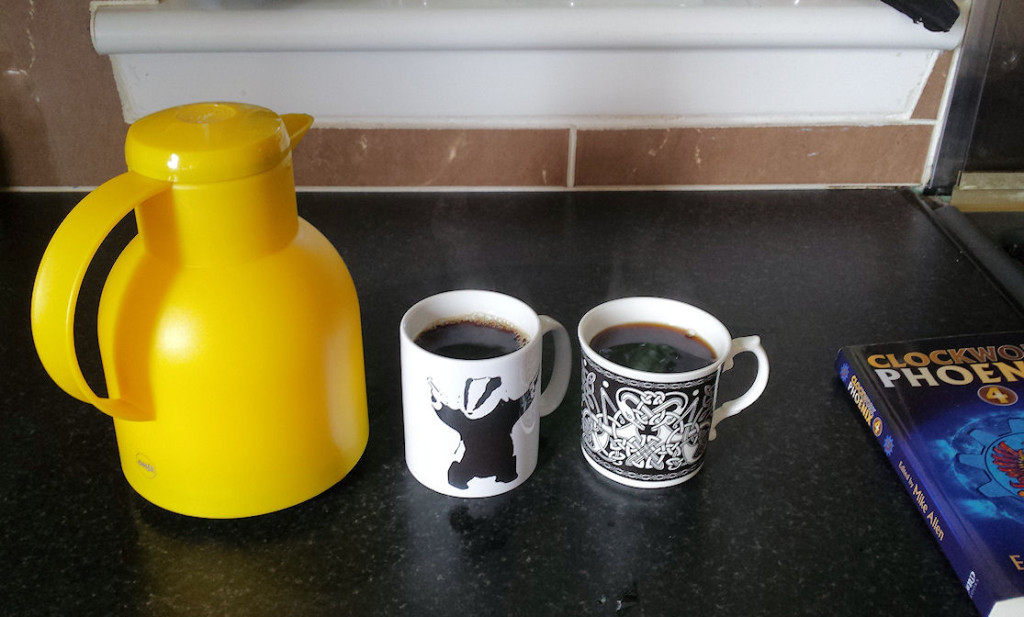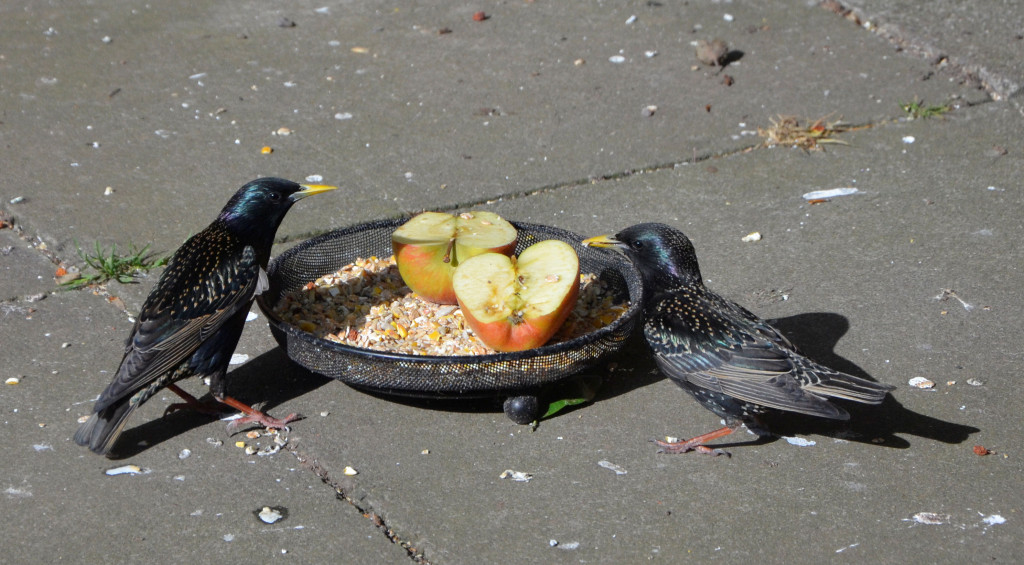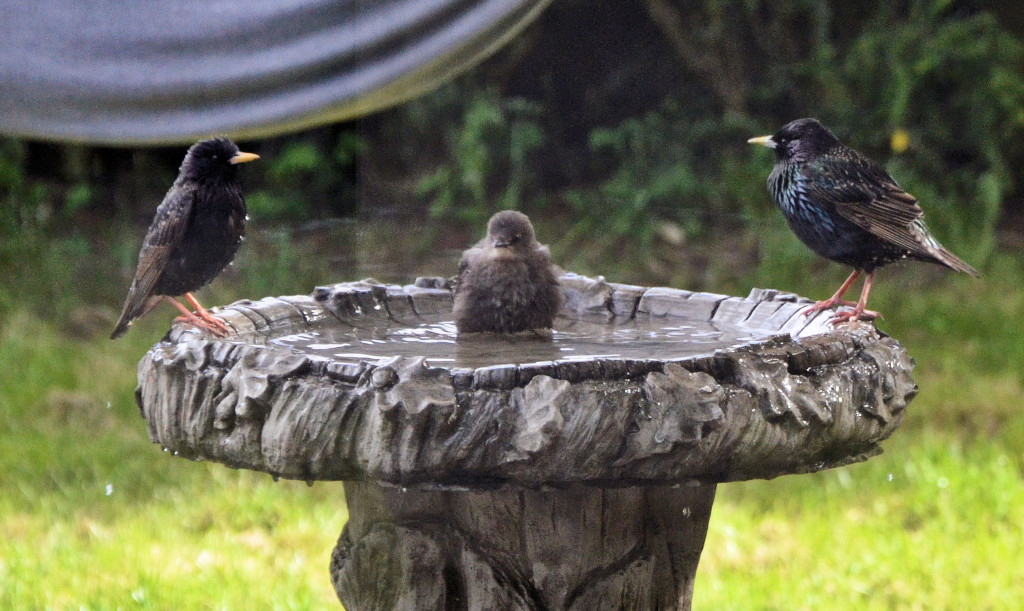 I discovered This Person Does Not Exist recently. It’s a fascinating project, in which two competing and opposing systems form a GAN – a Generative Adversial Network for machine learning. In short, while some machine learning attempts to minimise the distance to a specific image, a GAN has a system generating images in an attempt to fool another system which is there to identify fakes. Most of the images are impressive in how boring they are, but every so often the AI throws up an image that attempts to give the main subject a friend.
I discovered This Person Does Not Exist recently. It’s a fascinating project, in which two competing and opposing systems form a GAN – a Generative Adversial Network for machine learning. In short, while some machine learning attempts to minimise the distance to a specific image, a GAN has a system generating images in an attempt to fool another system which is there to identify fakes. Most of the images are impressive in how boring they are, but every so often the AI throws up an image that attempts to give the main subject a friend.
It almost never works. And every single one of these aberrations hits the low topography of the Uncanny Valley.
Maybe it’s because I watched a lot of Johnny Morris as a child, but I find it impossible to resist inventing conversations between these… Beings? Creatures? Whatever. Between them and their human companions.
 When Barry was told his family was going to play host to one of the aliens as they attempted to learn about humans, he was initially delighted. It took a while to get used to Blogfert’s attempts to pass as human, not to mention his belief he should appear in every single photo Barry’s mum took, especially when Barry was the subject.
When Barry was told his family was going to play host to one of the aliens as they attempted to learn about humans, he was initially delighted. It took a while to get used to Blogfert’s attempts to pass as human, not to mention his belief he should appear in every single photo Barry’s mum took, especially when Barry was the subject.
 “Friend Gok! Look! If I put an eye onto a fist, I can check myself for errant wood-based orifice cleansing material after exiting the emanation facility! I have the BEST ideas.”
“Friend Gok! Look! If I put an eye onto a fist, I can check myself for errant wood-based orifice cleansing material after exiting the emanation facility! I have the BEST ideas.”
 “If you do not smile, I will rest my soft appendage upon your person. Your previous sonic emanations lead me to the supposition this does not delight you.”
“If you do not smile, I will rest my soft appendage upon your person. Your previous sonic emanations lead me to the supposition this does not delight you.”
 “Thank you for agreeing to a date night, designated owner. It is my happiness to entertain you. Please excuse me for the mishap rendering my outward demeanour only 72.7% aligned with your preference. I did not expect making salted caramel to be so violent. Do not worry, HOOMANS [TM] will service my flesh skin under warranty.”
“Thank you for agreeing to a date night, designated owner. It is my happiness to entertain you. Please excuse me for the mishap rendering my outward demeanour only 72.7% aligned with your preference. I did not expect making salted caramel to be so violent. Do not worry, HOOMANS [TM] will service my flesh skin under warranty.”
 “Mate, I know you THINK that looks just like a human hand, but no.”
“Mate, I know you THINK that looks just like a human hand, but no.”
“You cannot tell me that I have failed to replicate your appendage, friend Jeremy. Observe! The texture is identical.”
“Largog, mate, did we ever establish whether your species could actually count?”
“I can have no limbs or many, friend Jeremy. We count in base 23. This is an approximation, and, if I say so myself, a pretty darn good one.”
“Oh mate, no. Just no.”
 “Hey, psst. Charlie. Did I ever tell you about the time I had to squeeze into a bottle to hide from Mrs Gilfencamp, but I’d just been showing Sheniah that I could have hairy armpits if I wanted to? Here. Turn round. This is what it looked like.”
“Hey, psst. Charlie. Did I ever tell you about the time I had to squeeze into a bottle to hide from Mrs Gilfencamp, but I’d just been showing Sheniah that I could have hairy armpits if I wanted to? Here. Turn round. This is what it looked like.”
“Yes, Flimgon, you told me last week. Shut up. I’m thinking about the expression on my big sister’s face when she finds out I’ve left one of your disgusting shapeshift boogers in her Fluevogs.”
 “HEY. Do NOT insult Friend Jeremy! I strike you in your monomorphic mandible!”
“HEY. Do NOT insult Friend Jeremy! I strike you in your monomorphic mandible!”
I suspect lockdown is starting to get to me.
My thanks to all the wonderful peeps on my facebook thread for supplying me with some of these images, and to Phil Wang at the University of Michigan for the prompt machine.


